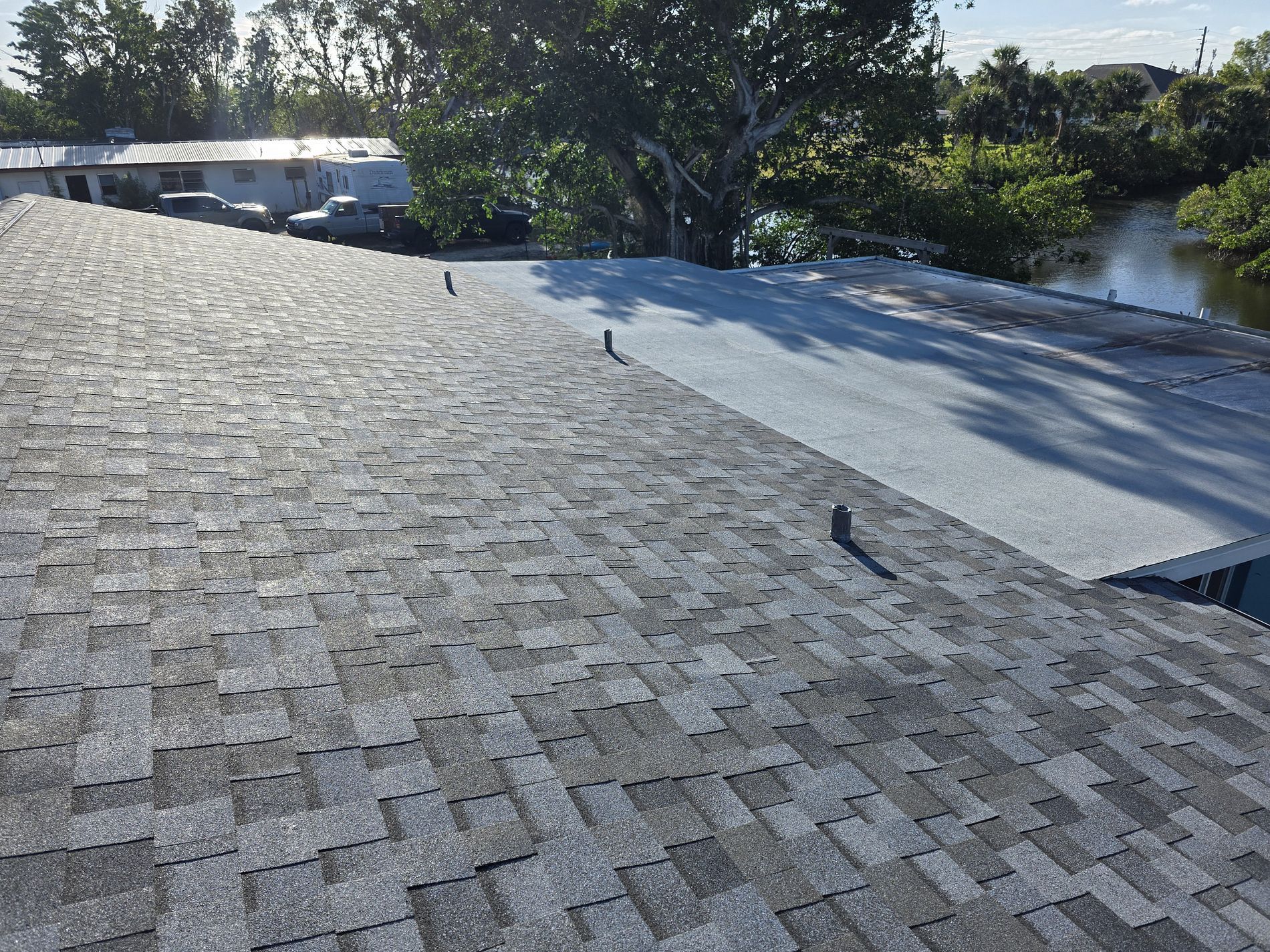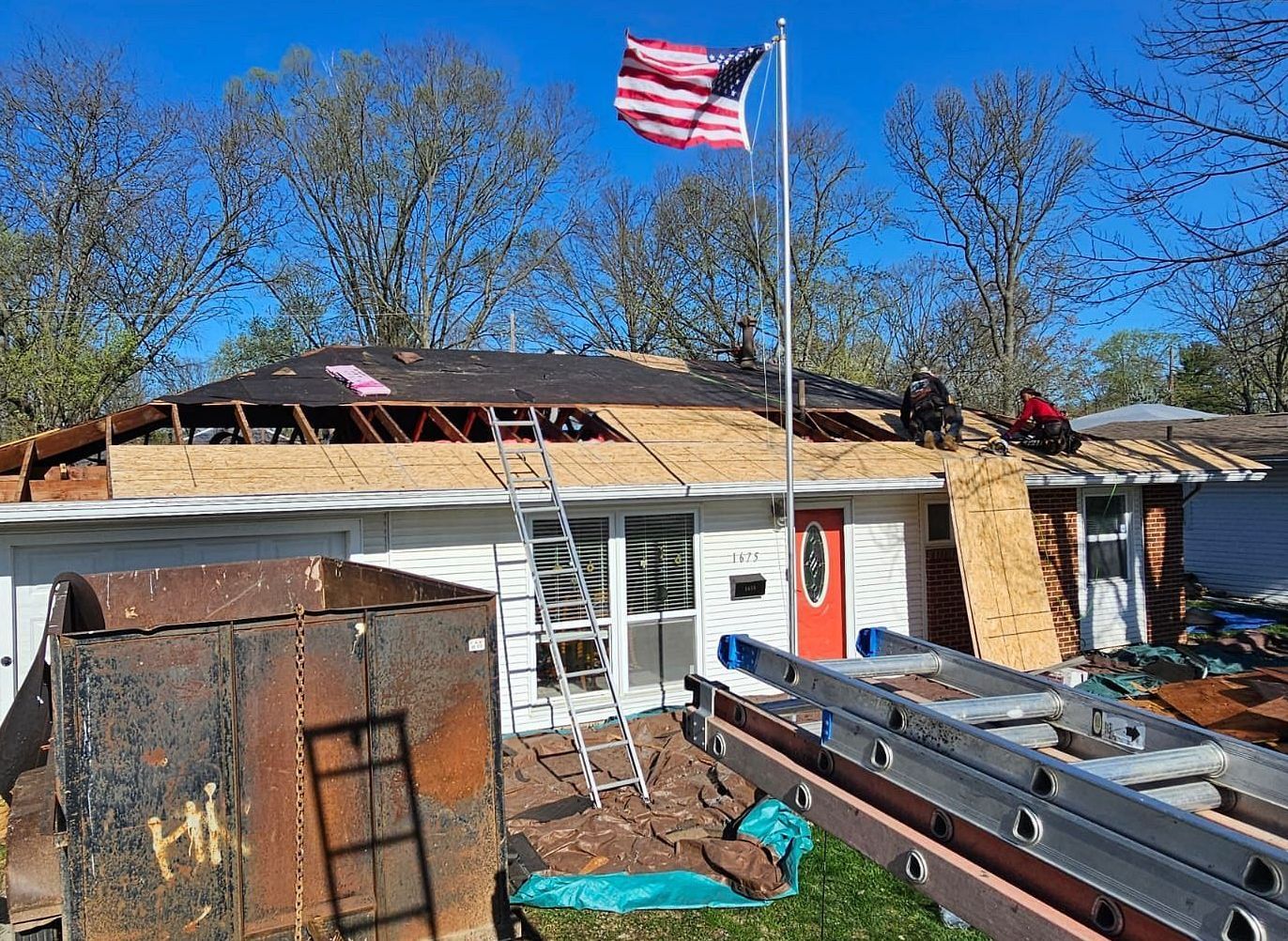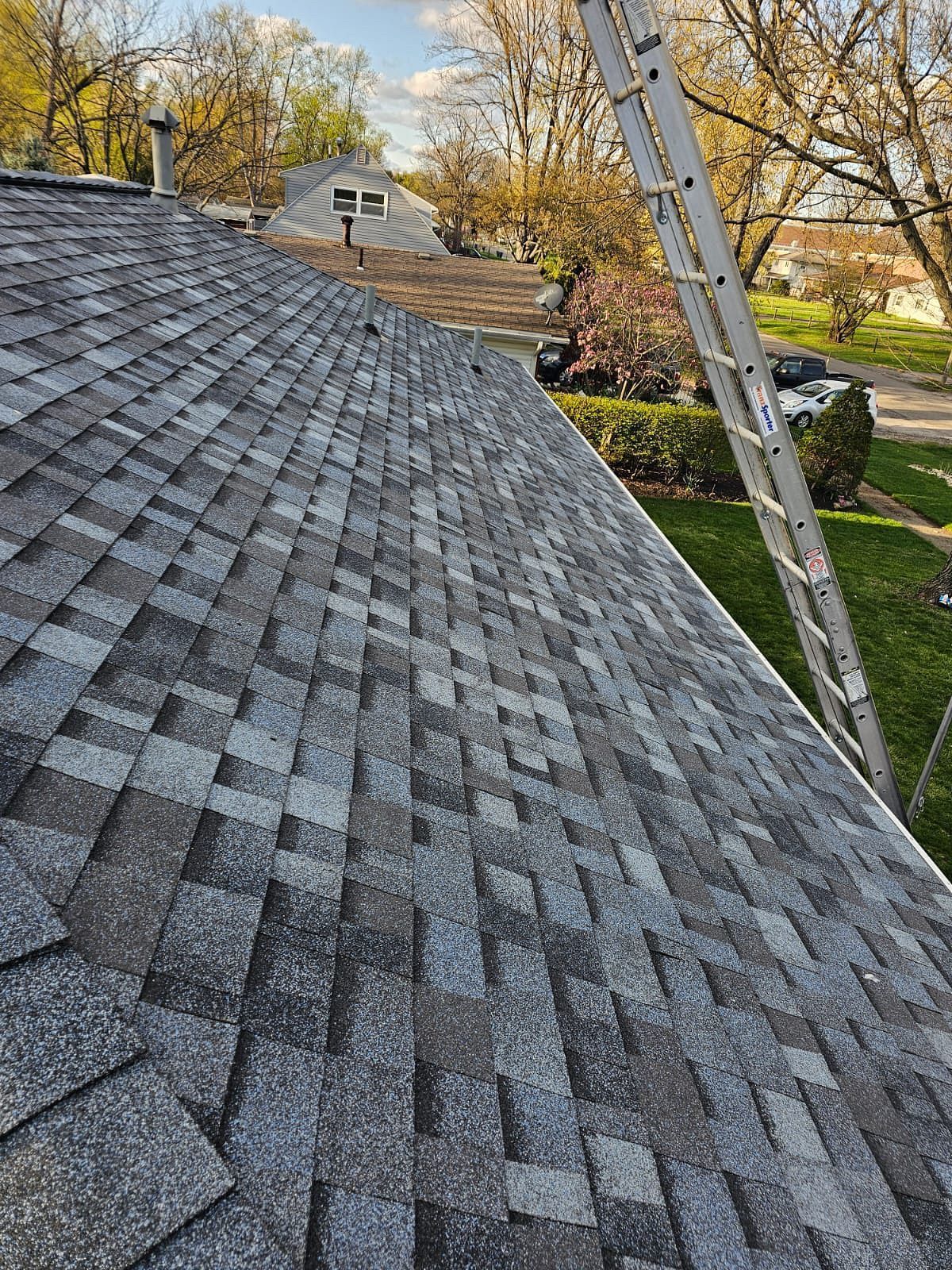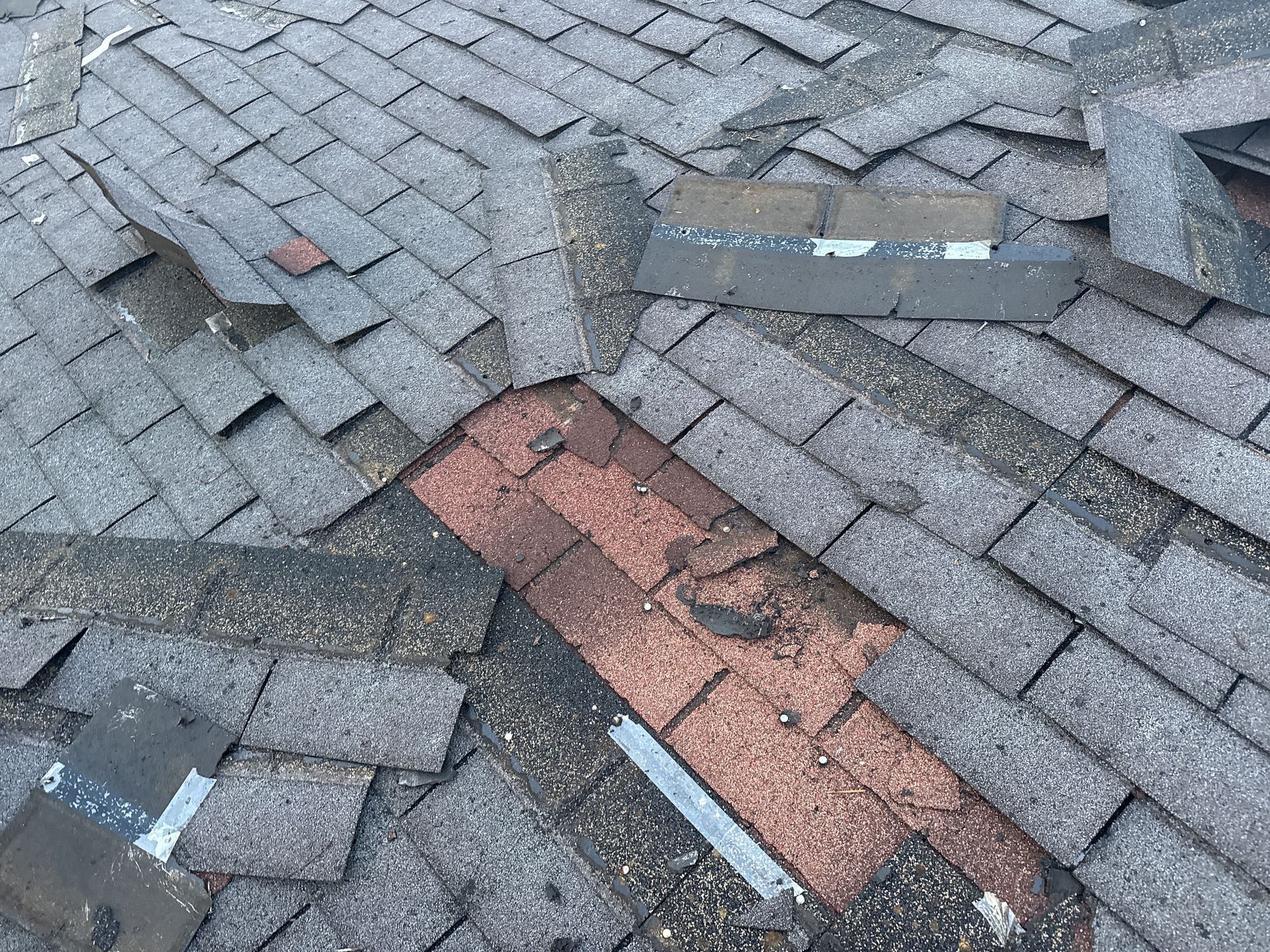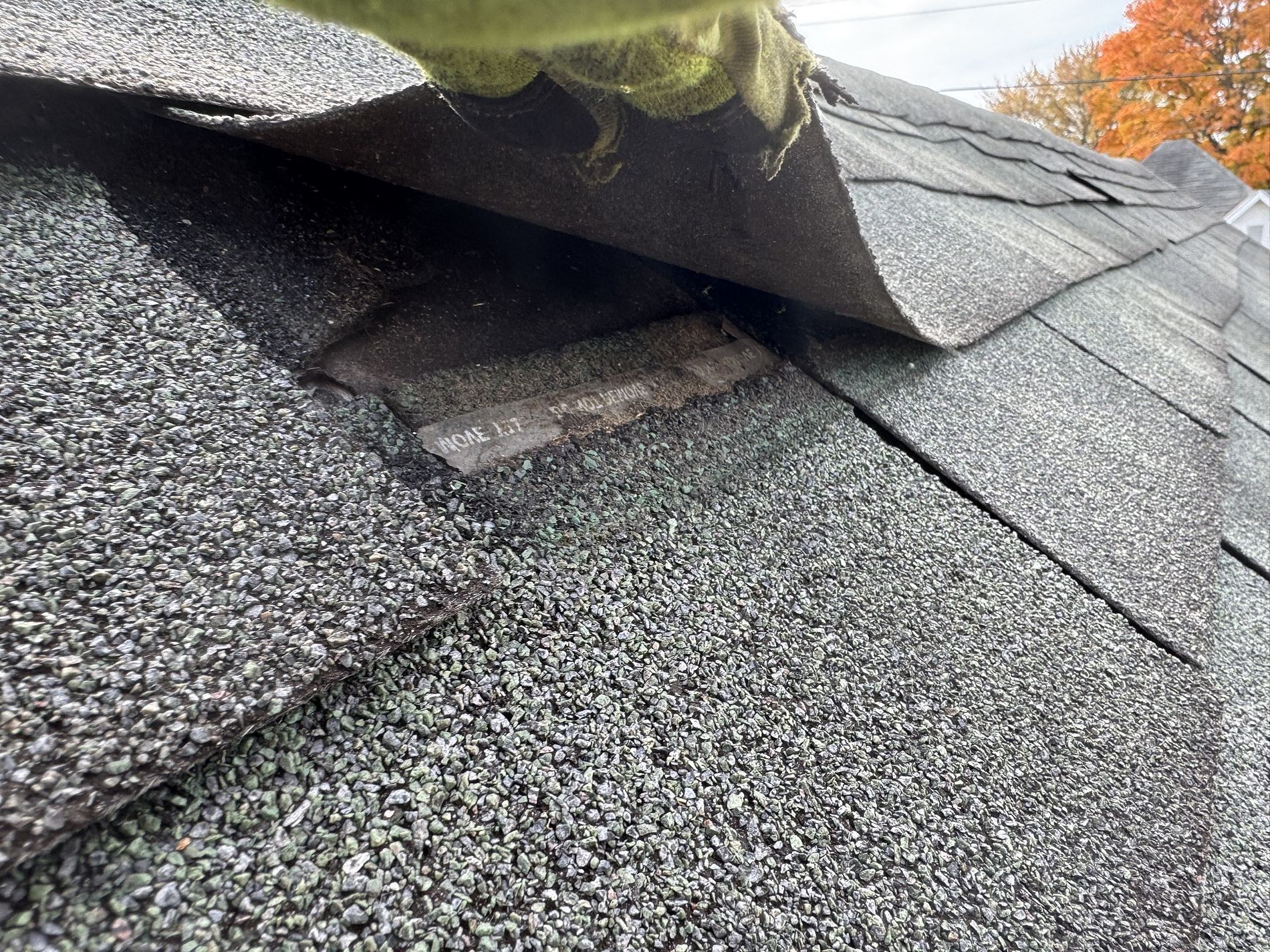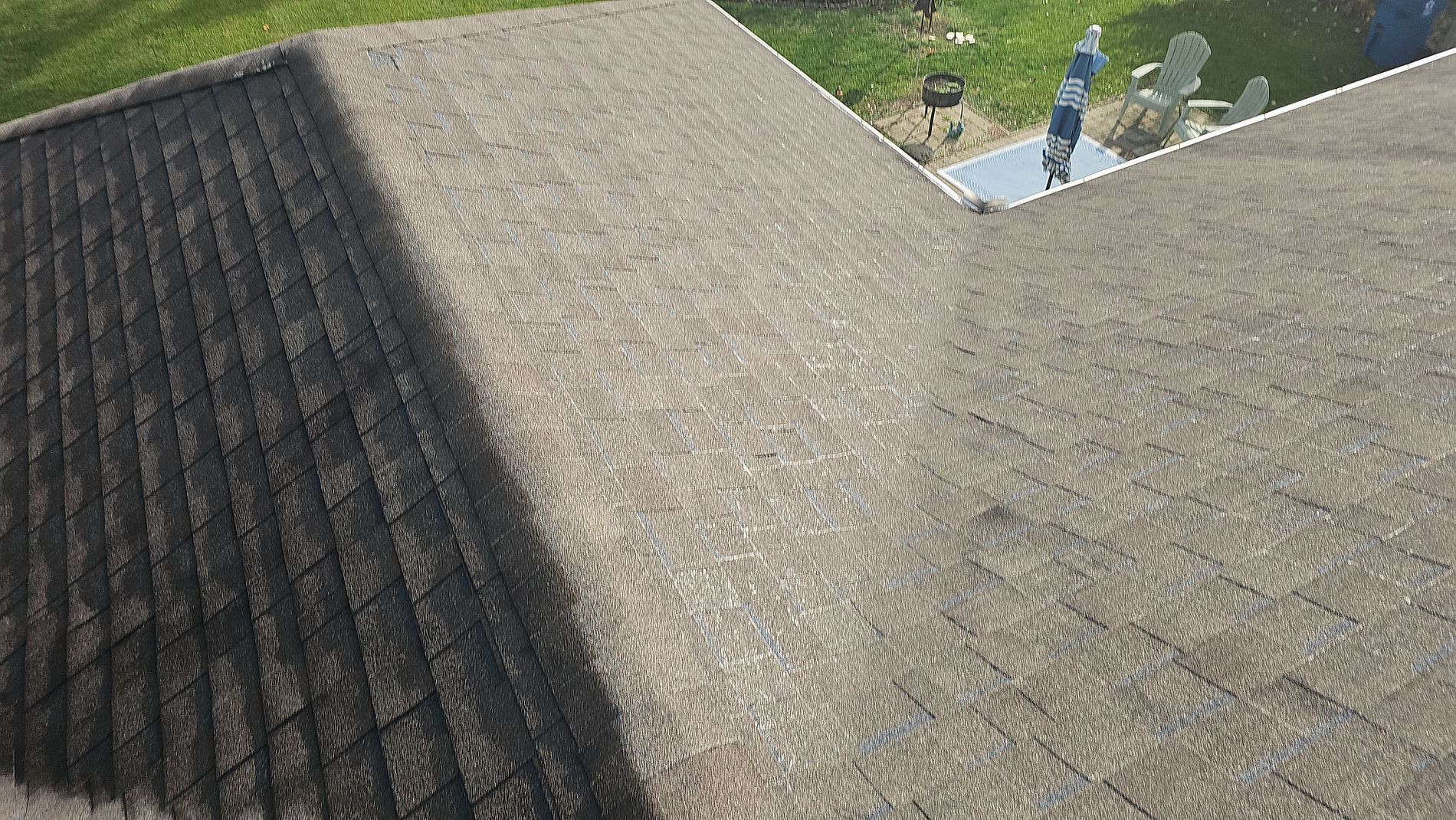Metal Roofing Pros and Cons: Here Are 5 Things You Should Know
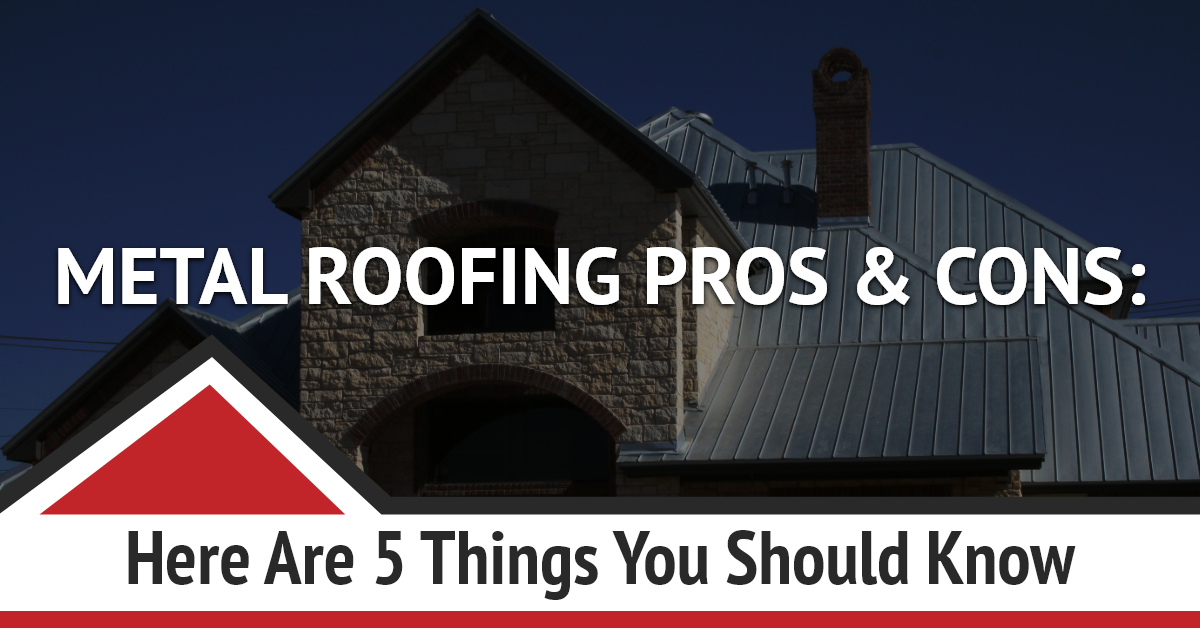
Choosing a roofing system is one of the most significant decisions homeowners must make. Careful consideration of the selection of construction material is crucial. Below is a comprehensive look at Metal Roofing Pros and Cons: Here Are 5 Things You Should Know to help you make the best decision for your roofing needs. Metal has become a highly popular residential roofing material today. Whether you’re constructing a new home or planning a roof replacement, a metal roof is a great investment that can serve you for years.
The Pros and Cons of Metal Roofs
1. Pro: Metal Roofing is Durable
One of the main reasons why many homeowners switch to metal roofing systems is durability. Longevity is essential since roofing is a costly aspect of home construction or renovation. When you enlist high-quality roofing services , a metal roof can last as long as your home!
With little maintenance, you can expect a metal roof to last between 40 to 70 years or more. Many metal roof manufacturers and installers offer 30-to-50-year warranties. By contrast, conventional asphalt shingle roofs have a typical lifespan of 12 to 20 years.
Also, a well-constructed metal roof can handle extreme environmental conditions. You can rely on it to withstand strong winds, extreme temperatures, heavy rains, heavy snow, and hail. South West Florida is prone to most of these elements, making metal a dependable roofing choice.
2. Pro: Metal Roofs Are Energy Efficient and Eco-Friendly
An often-overlooked benefit of metal roofs is energy efficiency. Metal roofing reflects heat from the sun instead of absorbing it. During hot Florida summers, a metal roof can ensure your family stays comfortable without having to crank up the HVAC. Some systems even feature a coat of reflective pigments to reduce heat gain in your home further. During winter, metal can provide excellent insulation reducing your heating needs. Overall, a metal roof can reduce your monthly utility bills.
People today are more aware of their environmental impact than ever before. Metal is among the most sustainable and environmentally friendly roofing materials available today. Metal roofs are 100 percent recyclable. If you’re a homeowner looking to make a difference one choice at a time, opting for a metal roof is a great step.
3. Pro: Wide Range of Design Options
Modern metal roofing lets you easily match and complement your home’s aesthetic. Various construction types, styles, material choices, coatings, and paint options are available. Metal roofing systems can be constructed to look like other roofing materials, including asphalt shingle, clay tile, cedar shake, and slate roofing.
You get the aesthetics of these roofing options, plus the durability and longevity of metal. Metal roofing offers you a variety of design choices. It allows you to achieve great looks that can last a lifetime. You can make an architectural statement with standing seam panels in different colors. You can also go for the distinct traditional metal roof look. Whether you want your home to stand out or blend in, metal roofing systems offer variety style-wise.
4. Con: Metal Roofing is Expensive
While metal roofs offer many years of reliable service, they require a significant initial investment. They are considerably more expensive than residential roofing materials like asphalt shingles and clay tiles. High-end metal roofing systems can cost up to ten times more than asphalt shingles.
As with the construction material, metal roof installation also comes at a premium price. The installation costs of metal roofs are higher than other roof types due to the more complicated installation process . Aspects such as specialized training, equipment, tools, and expertise factor heavily into the installation cost. However, you get what you pay for. A high-quality metal roofing system can last a lifetime. It pays returns over its lifespan through energy efficiency and maintenance cost savings.
5. Con: Metal Roofs Are Prone to Denting
While metal roofs are sturdy and durable, they are susceptible to denting. Metal roofs are manufactured to withstand a wide range of environmental conditions. Although today’s metal roofing systems are sturdier than ever, they can still dent from high impacts. Falling tree branches and large hailstorms come to mind.
This can be more problematic if you go for softer metals like copper and aluminum. Since Florida can be prone to hailstorms, roof denting can be considered a drawback of metal systems. However, you can bypass this issue by choosing stronger metals like steel and the right shingle.
Conclusion
Overall, installing a metal roofing system is a great investment and a recommendable choice for any size home in Florida. It requires a substantial initial investment but offers significant benefits. Longevity, minimal maintenance, style, energy efficiency, and eco-sustainability are worthwhile.
Are you in need of premium roofing services from a reputable roofing contractor? Allstate Exteriors & Restoration Services is a trusted Owens Corning Platinum Preferred contractor proudly serving Central Ohio and South West Florida homeowners.
We provide a comprehensive suite of invaluable roofing services delivered in a professional, understanding, and timely manner. Contact us today for a free estimate and learn more about our services.
